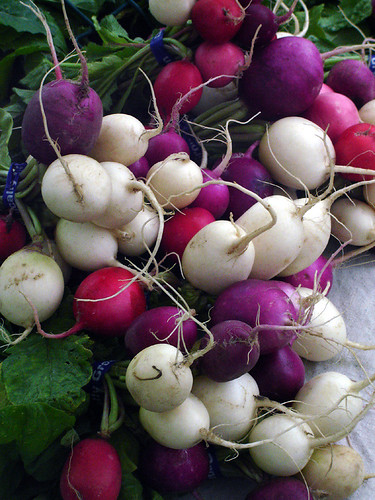For their final assignment, the students in my "Jewish Geography" class were asked to come up with a guidebook to some of the historic places they had explored over the course of the semester. Almost to a person, they made sure to include the Jewish farming communities of Woodbine, N.J., and Petaluma, Calif., on their itineraries.

No matter how their guidebooks were cast -- places to avoid; places to seek out; places that spoke of possibility; places that spoke of loss -- Woodbine and Petaluma were on virtually everyone's list.
The runaway popularity of these two farming colonies among GW undergrads might have to do, in part, with the way the particulars of their history run counter to standard notions of the modern Jewish experience. Doctors, lawyers, accountants and professors are a familiar bit of business. But farmers in the family? What a novelty!
The students' affinity for Woodbine and Petaluma might also have to do, I suspect, with the growing appeal of farming, which over the past few years has gone from being an artifact of America's past into a beacon of its future. On college campuses across the country, farming is now chic.
Whatever its rationale, heightened interest in the history of American Jewish farmers is welcome news. In that connection, those who'd like to learn more, or who have farming stories to share, should be in touch with Scott Hertzberg, himself a vegetable farmer from Prince George's County, Md., who is currently assembling a website on Jewish farming in America.
As Malka Heifetz Tussman, one of my favorite poets, would have it, drawing freely on metaphors of the soil in her poem, "Cellars and Attics":
…Children should know where
They come from.'Yes,' I say.
Children are not radishes.
Children have deep roots.

